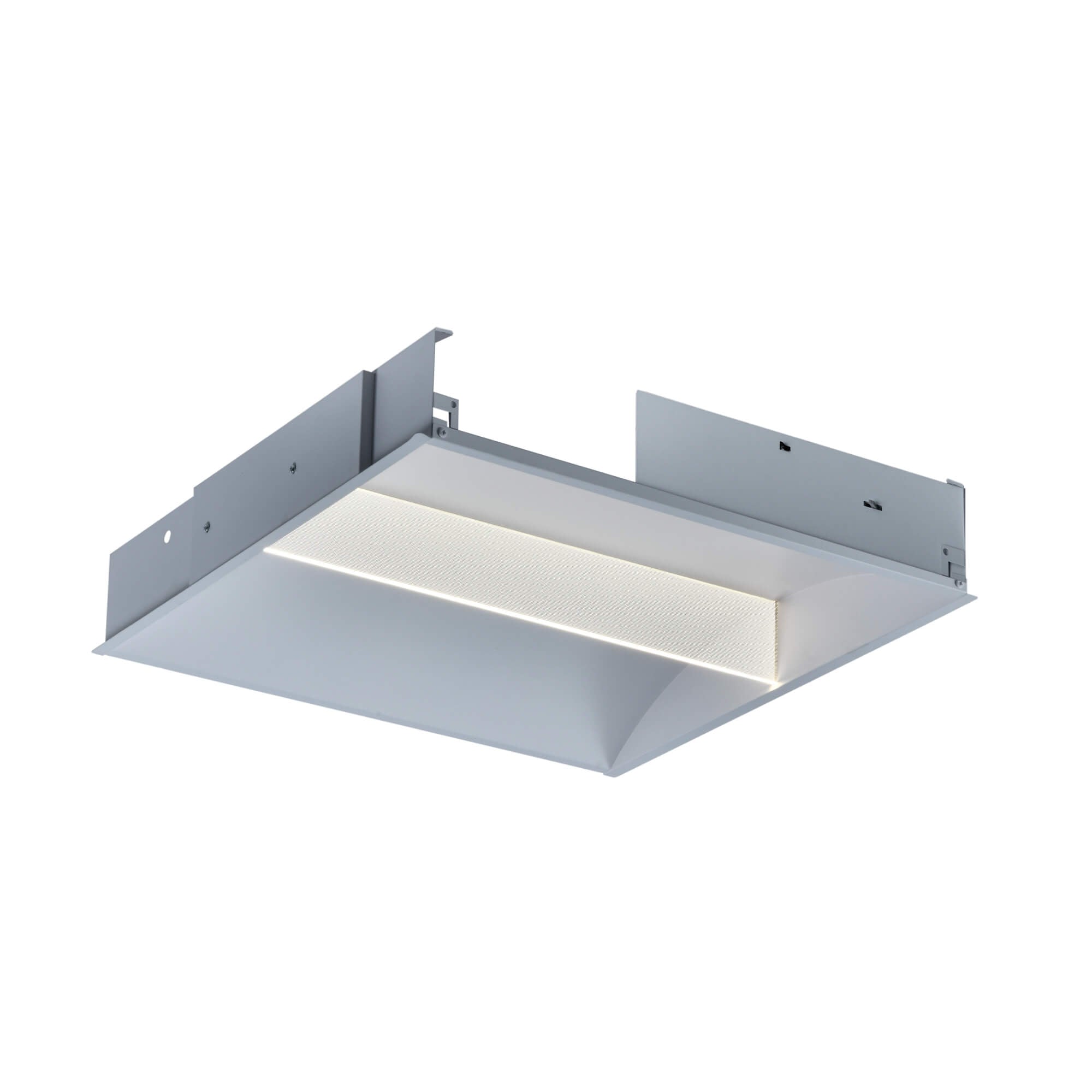Uncover the Secrets to Sourcing the Best Troffer Lights from China!
Troffer lights are essential fixtures in both commercial and residential spaces, offering a sleek, modern design along with efficient lighting solutions. These lights are typically recessed into the ceiling, providing a clean look while illuminating areas such as offices, schools, and hospitals. Importing troffer lights from China has become increasingly popular due to the myriad of benefits it offers. The cost-effectiveness of manufacturing in China allows businesses to enjoy significant savings, and the vast variety of products available makes it easier to find exactly what you need. In this article, we will explore the ins and outs of importing troffer lights from China, guiding you through the process of sourcing, finding reliable suppliers, navigating the import process, and ensuring quality control. Get ready to illuminate your spaces with the best lighting solutions!

Understanding Troffer Lights
Troffer lights, primarily designed for grid ceilings, are rectangular fixtures that fit seamlessly into the ceiling tile grid. They are commonly used in commercial settings such as offices, retail stores, and educational institutions, thanks to their ability to provide broad, uniform light coverage. These lights come in various types, including LED troffers, fluorescent troffers, and even adjustable troffer options that allow users to control brightness and color temperature. The versatility of troffer lights makes them suitable for different applications, from general lighting to task-specific illumination. Understanding the various types and their applications can help you make informed decisions when sourcing these products from China, ensuring you select the best lighting solutions for your specific needs.
Why Source from China?
Sourcing products from China has distinct advantages that can benefit businesses looking to import troffer lights. One of the primary reasons is the lower manufacturing costs, which can result in substantial savings for buyers. Additionally, China offers a wide range of products, from standard designs to customizable options tailored to meet specific requirements. However, importing from China isn't without its challenges. Language barriers, cultural differences, and varying quality standards can pose issues. To mitigate these challenges, it's crucial to conduct thorough research and establish clear communication with suppliers. Engaging with local sourcing agents can also help bridge the gap, ensuring that you receive high-quality products that meet your expectations.
Finding Reliable Suppliers
Identifying and evaluating reliable suppliers is a critical step in the import process. Start by utilizing platforms such as Alibaba, Global Sources, or attending trade shows in China. These venues provide opportunities to meet suppliers face-to-face, allowing you to assess their credibility. When evaluating potential suppliers, consider factors such as their production capacity, experience, and customer reviews. It's essential to verify their credentials, including business licenses and certifications, to ensure that they adhere to international quality standards. Personal connections can also be invaluable; a friend of mine once shared that they found a trustworthy supplier through a recommendation from a colleague who had successfully imported products from China before.
Navigating the Import Process
The import process can be complex, but understanding the steps involved can simplify the journey. Start by familiarizing yourself with tariffs and customs regulations that may apply to your troffer lights. Shipping options also play a crucial role, as they can impact both cost and delivery times. It's advisable to work with a freight forwarder who can guide you through the logistics of shipping and ensure that all necessary documentation is in order. This includes the bill of lading, commercial invoice, and packing list. Proper documentation is vital for a smooth customs clearance process, preventing potential delays or additional fees.
Quality Control and Inspection
Quality control is paramount when importing troffer lights to avoid issues with functionality and safety. Before shipment, it's essential to inspect the products to ensure they meet your specifications. This can be done through various methods, such as pre-shipment inspections or factory visits. If you're unable to conduct these inspections personally, consider hiring third-party inspection services that specialize in product quality assessments. These experts can provide unbiased evaluations, helping you make informed decisions and ensuring that the products you receive are of the highest quality.
Key Takeaways for Successful Importing
Importing troffer lights from China can be a rewarding venture, offering cost savings and a diverse selection of products. By understanding the types of troffer lights available, recognizing the advantages of sourcing from China, and learning how to find reliable suppliers, you can navigate the import process with confidence. Don't forget the importance of quality control and thorough research, as these factors play a significant role in ensuring a successful import experience. With the right approach, you can illuminate your spaces with high-quality troffer lights that meet your needs and exceed your expectations.











